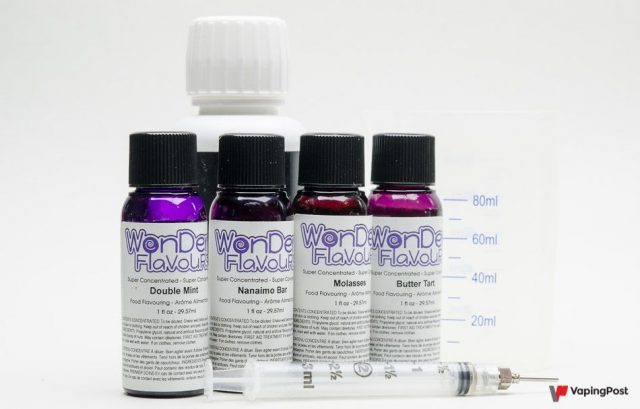
In December 2020, Health Canada proposed a nicotine limit of 20 milligrams per milliliter (mg/ml) for all vaping products. This proposal came in response to a flawed paper published on BMJ, concluding that in Canada there was an increase in youth vaping and subsequent smoking. And while almost a year later, the inaccuracies in the study were acknowledged and the journal issued a correction, Canadian authorities have not changed direction accordingly.
The new limit, came into effect on July 8th, and also includes a regulation that prohibits Canadian manufacturers from exporting products that exceed a nicotine concentration of 66 mg/ml. On top of that, a recent press release by the Canadian Vaping Association (CVA) revealed that the Canadian Government has proposed a ban on vape flavours with the exception of tobacco, mint, and menthol.
Proposals by Health Canada
Another release by public health expert Clive Bates, shared the pending proposals:
- “Health Canada, Consultation: Proposed vaping products’ flavour regulations and order, June 2021 [link]
- Health Canada, Regulatory Impact Analysis Statement, June 19, 2021. [link]
- Health Canada, Tobacco Control Directorate / Cannabis Cost-Benefit Analysis Team, Cost-Benefit Analysis, June 2021 [access]
- Industrial Economic Incorporated, Elicitation of Expert Judgements on the Behavioural Impacts of a Nicotine Standard. A report for Tobacco Products Regulatory Office, Health Canada, March 2017. [access].”
In line with actual data from places where such measures have already been implemented, Bates highlights that this is the nearest authorities can get to a prohibition without fully banning the safer alternatives to cigarettes. “The likely effects are obvious: more smoking. But in a bizarre twisting of reality and evidence, Health Canada finds that making vaping less attractive relative to smoking will… um … reduce smoking. And that’s how it justifies the measure.”
Young adults are quitting smoking thanks to vaping
Bates and three other renowned fellow experts in the field of tobacco harm reduction, responded to Health Canada’s submission. Meanwhile, recent figures released by Statistics Canada, have indicated that Canadians in their twenties are actually quitting smoking at an unprecedented rate thanks to vaping.
The Canadian Tobacco and Nicotine Survey has indicated that between 2019 and 2020, there was a 40% drop in smoking rates in this specific age group, from 13.3% to 8%. This figure makes Health Canada’s no smoking target (5% by 2035) seem achievable. Moreover this 5% target rate has already been reached among those aged 15-19.
The media remains selective in what it reports
In a letter addressed to Health Minister Patty Hajdu, professor of Economics at Concordia University, and a research fellow at the C.D. Howe Institute, Ian Irvine, said that it shameful that the media is selective in what it reports. “It is unfortunate that these achievements have been largely ignored by a media that has been, for the most part, fixated on the concept of a vaping epidemic among these age groups.”
Irvine highlighted that while smoking rates had been declining due to Government policy towards tobacco, the real change happened when vaping products arrived on the scene. “By 2013 smoking had declined to 11 percent for those aged 15-19, 18 percent for 20-24 year olds, and about 16 percent for those aged 25 and above…Then a disruptive technology intruded on the scene –vaping.”







